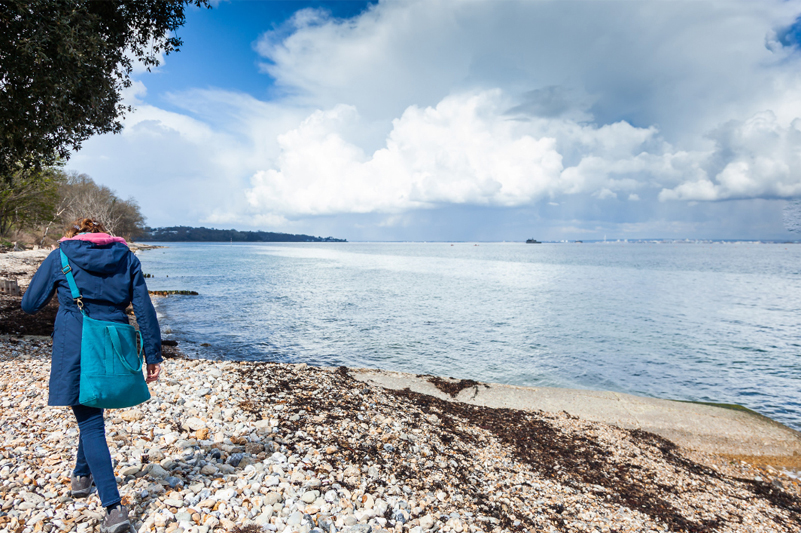
Winter Beaches on the Isle of Wight
Heading to the beach may not immediately spring to mind during the winter months, but when there is a chill in the air, there are actually many ways to enjoy our coastlines. When the bad weather hits, try a new way of exploring and enjoying the beach… Apart from the obvious fact that the Island’s beaches will be far less busy, there are many different ways to spend an enjoyable hour or two on the sand this winter.
During the winter months, your four-legged friends can scamper to their heart’s content on all of our beautiful beaches (between October and April). The Island’s watersports (mainly surfing and kitesurfing) are bigger and better than ever, with larger waves and less people in the way.
You can discover a range of fossils and dinosaur footprints on our storm ravaged shores, as well as spotting rare migrating seabirds . So don your woolly hat and scarf and make the most of our coastline this wintertime.
Four-legged fun
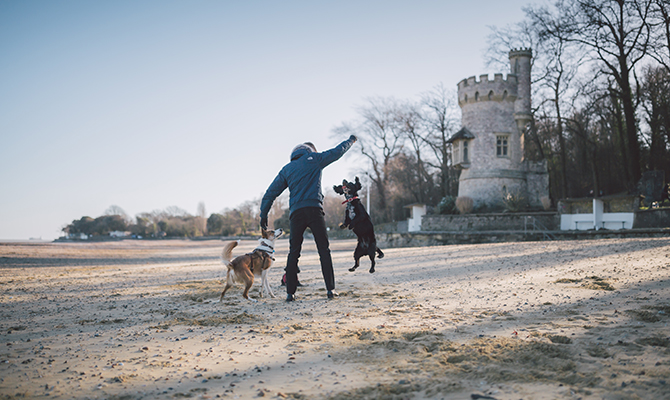
Taking a holiday in the winter means that there is no need to leave the pooch behind thanks to the fact that the restrictions are lifted during this time, so the whole family can enjoy a good walk on a beach. The kids and animals can run wild and you can treat yourself to a well-earned rest in a cosy local pub (surely all walks include a pub stop?).
Try The Boathouse in the pretty village of Seaview, where a roaring fire and a hearty meal will await you. Springvale is a shingle and sandy beach with uninterrupted views across to Portsmouth’s skyline and a great view of the Spinnaker Tower.
The Buddle Inn over in Niton offers one of the Island’s best-loved walks from St Catherine’s Lighthouse to Castlehaven beach, tucked away down an unmade woodland track and leading directly to the sea. Man’s best friend will be as looked after as you, thanks to its very own menu offering an array of doggie treats and food.
Surf’s up
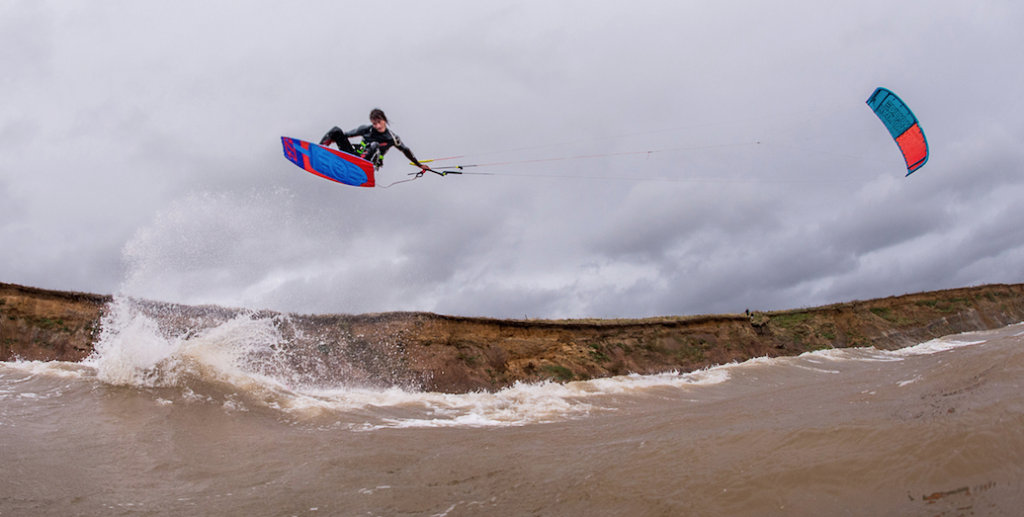
Winter equals serious surf. Sitting in the Northern Hemisphere, the UK experiences extreme seasonal variation, from summertime flat spells, to hefty winter swells to try and make up for it. This results in consistent waves that are not jam-packed with crowds. It’s a great time of year to learn to surf too, as there are less people about and the classes are less booked up. It’s not even as cold as you might think, with the nippiest month generally being February – just make sure to invest in a decent winter wetsuit to see you through.
Get your fix of waves at Compton Bay, or if kitesurfing is more your thing, Brook Beach tends to be the go-to choice. For lessons, try iSurf Mobile Surf School or Wightwater Adventure Watersports in Lake.
Beachcombing
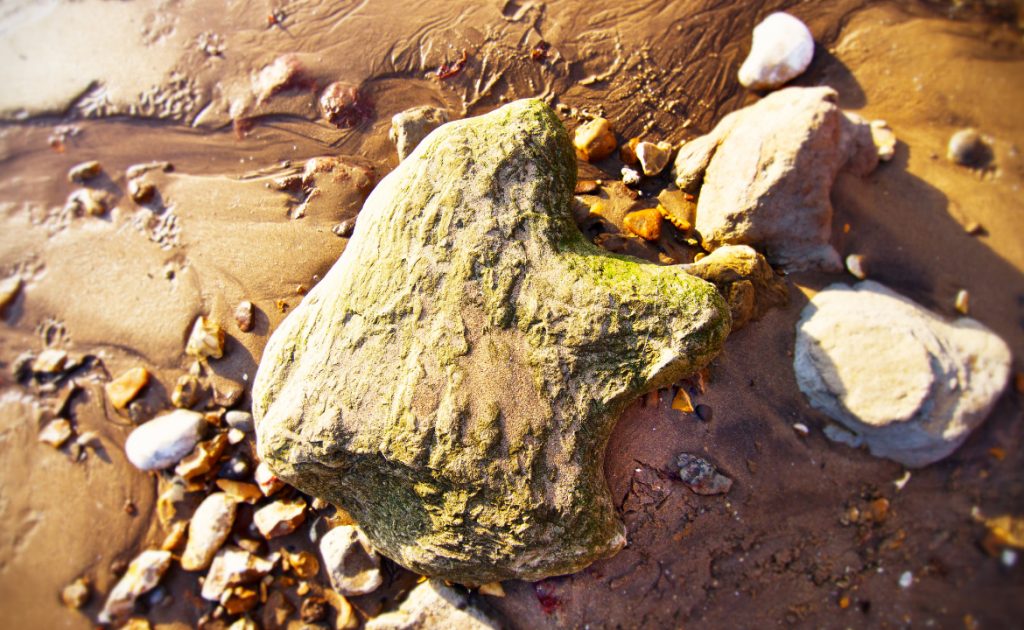
From sandy beaches to pebbly coves, our coastline provides a multitude of beaches to spend a day beachcombing and the winter is the best time, thanks to the stormy seas washing up more treasures.
Keep the children amused as you tell the story of everything you find. Collect pretty shells, coloured sea glass and driftwood to use for crafts later at home. Shanklin Beach towards Luccombe is great for finding larger pieces of driftwood, or Gurnard Beach provides hours of fun looking for gleaming sea glass in between the pebbles.
For unearthing some fossils, the Island’s south-west coast is the place to go. Spot the Iguanadon footprints on Brook Beach and Chilton Chine. The bays here are constantly slipping so each day you might find something new and undiscovered. The exposed rocks are of the Wealden Groups, part of the early Cretaceous period, formed over 140 million years ago, making the Island one of the most productive places for finding dinosaur bones. Visit Dinosaur Isle in Sandown, where you will find exciting displays including real fossils, skeletal reconstructions, life sized fleshed re-constructions and two animatronic dinosaurs. Get hands on with a guided walk on Yaverland Beach to find fossils and dinosaur footprints from one of its local experts (booking is essential).
Bird watching
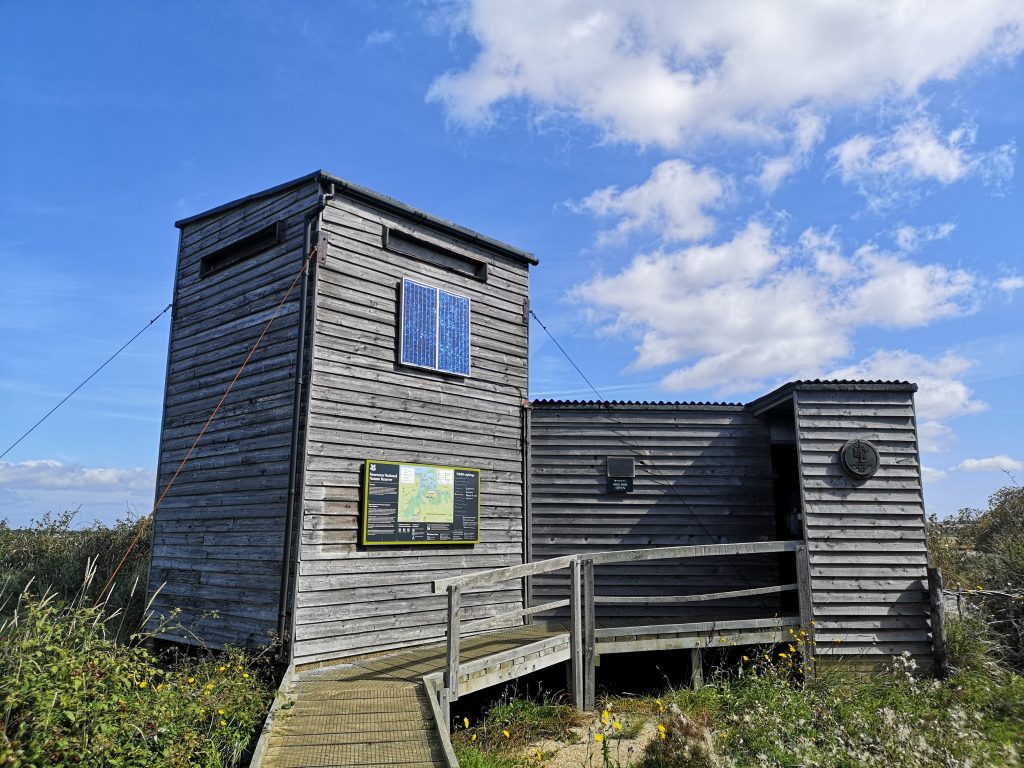
Many birds fly to warmer climates during the winter months and the Isle of Wight is well placed on these migration routes, which enhances bird watching around the coast. There are a number of reserves such as Newtown Creek and Brading Marshes where it’s possible to spot interesting ducks, waders and seabirds like Pintails, Golden Plovers and Purple Sandpipers.
Try a coastal walk from Wheelers Bay in Bonchurch around Ventnor towards St Catherine’s Point and you may spot residents like Ravens and Peregrines, as well as those just passing through like Gannets and Guillemots. Similarly a walk along the north east coastline from Ryde around to Bembridge will allow you to observe any number of birds enjoying the foreshore and estuaries with more common gulls and waders sharing the beach with Oyster Catchers, Eider Ducks and Greylag Geese.
For another coastal experience, try taking your binoculars on a cliff top walk from the heather topped Headon Warren near Totland Bay around the chalk cliffs of The Needles and Tennyson Down to Freshwater Bay. This provides a great contrast in habitats and a good variety of birding opportunities from Rock Pipits and Mistle Thrushes to Kittiwakes and the impressive Great Black Backed Gull. Over the past few years there have been many rare visitors recorded during the winter and early spring period, including Snow Buntings, Short Eared Owls and Dartford Warblers.
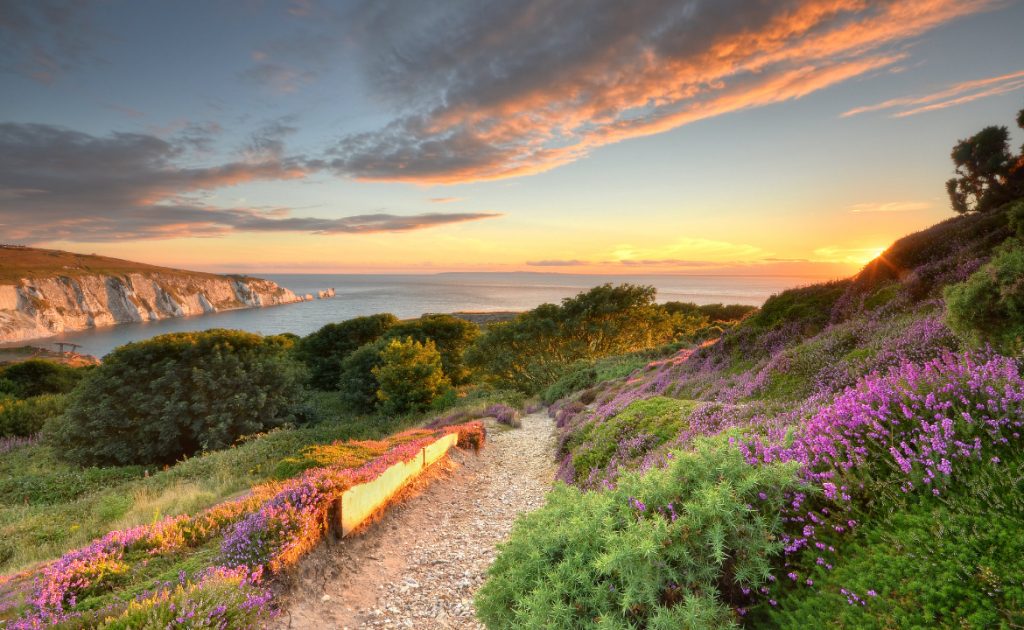
So make the most of the winter fun to be had in the colder months, as soon, spring and summer will be in sight. Even if you’re not lucky and don’t spot something special, then at least you would have enjoyed a walk with some spectacular views.
A version of this article first appeared in Wightlife magazine.
